As said in the title, participants with corrected vision (wearing glass or contact lens) may still have distorted vision due to whatever reason, especially in Gabor patch detection task.
This question comes from my personal experience, I always feel that the vertical Gabor patch is brighter than horizontal ones, and is easier to detect. Below is my test data from 800 trials of a detection task (error bar represents 1 SE).
I gradually increased the Gabor patch contrast from 0 to 100%, I pressed a button when I saw something on the screen (grey background).
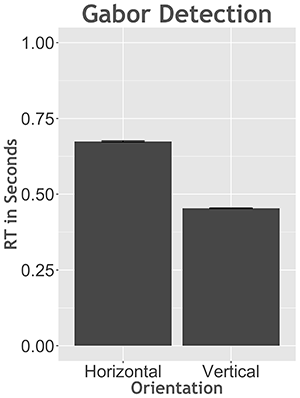
Session 1
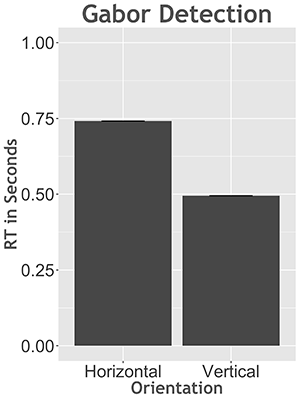
Session 2
I am quite curious about why I feel so differently for these two kinds of Gabor patch, am I special? Do I have something wrong with my eye?
So I asked two colleague (they don’t wear glass regularly) to do the same task, and it turns out no difference between vertical and horizontal Gabor patches.
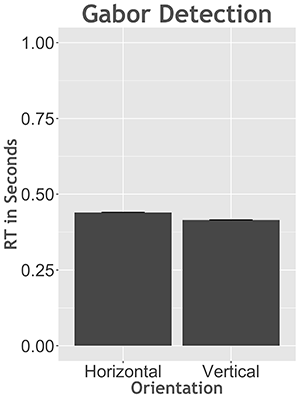
Colleague 1

Colleague 2
Then what’s going on underneath?
I doubt that although I have a glass to correct my vision, I may not have astigmatism corrected. So I asked a friend, who also wear a glass, to do the same task. As you can see, he has the same problem.
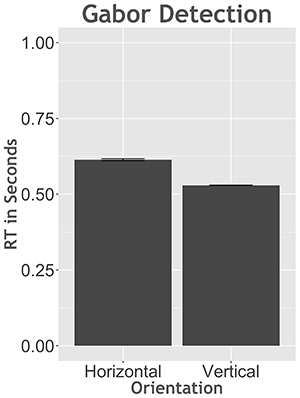
Friend 1
Insofar, my guess of the explanation for such results is astigmatism. Me and my friend both have inappropriately corrected vision, which leads to the difference in detection task.
You may have a quick test to see if you have astigmatism. All the bars in below should have similar brightness.
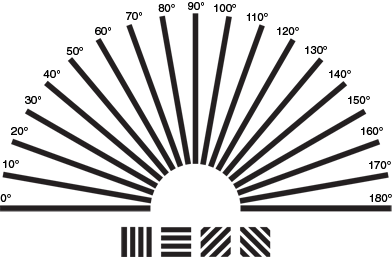
Astigmatism Test
What’s the hint from this observation? Well, it may remind us to make sure that participants who claim a correctly corrected vision should be re-checked, especially in those vision tasks relying on Gabor patch detection.